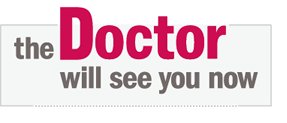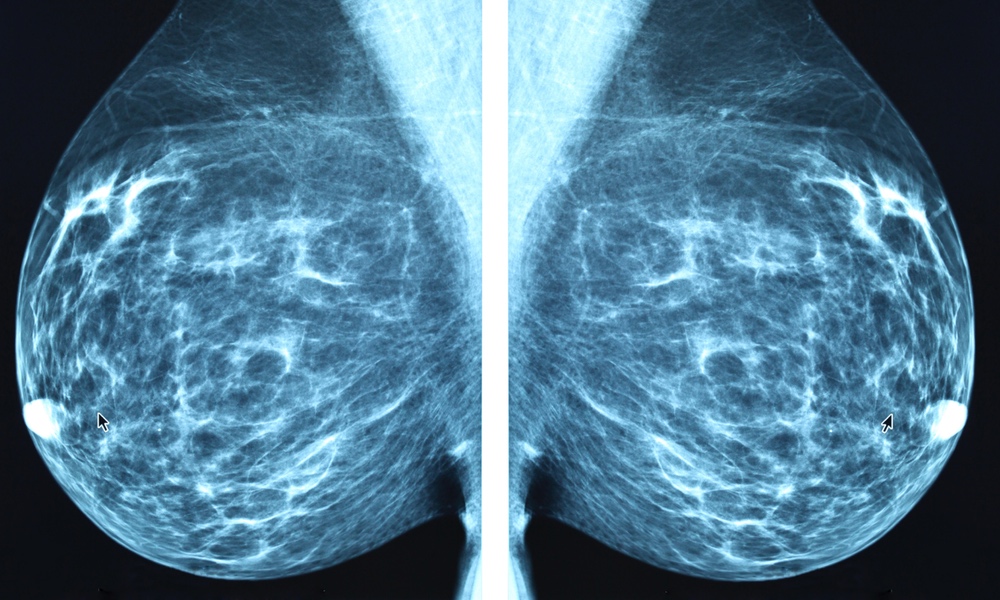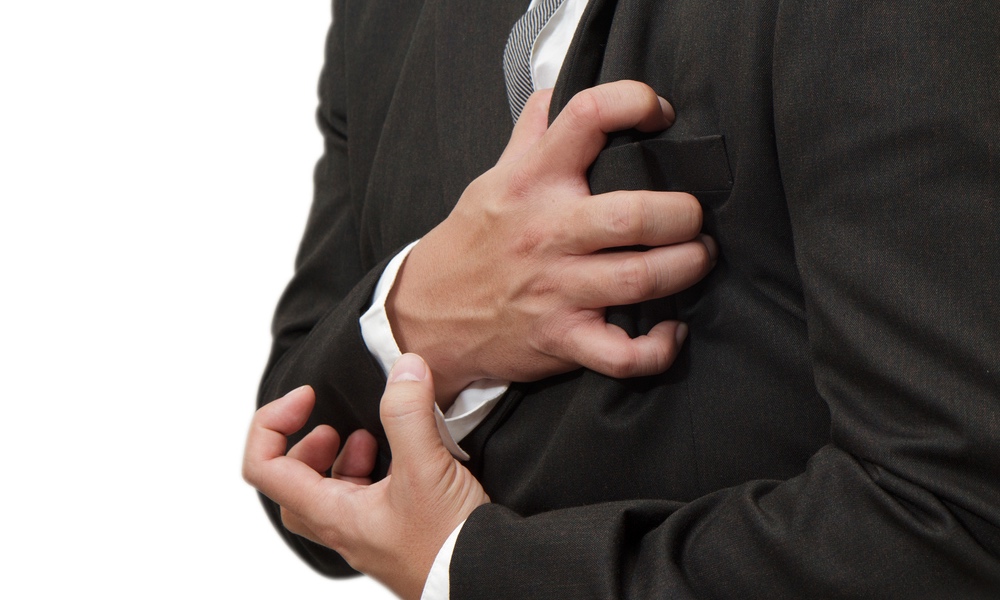Imagine if a second set of tireless eyes, ones that never got distracted, fatigued or overwhelmed, could look at your mammogram. The likelihood of receiving a more accurate assessment of your breast tissue would go way up.
Those tireless “eyes” may soon be available via artificial intelligence (AI) which a new study found performs on a par with human radiologists in spotting breast cancer.
In one of the largest crowdsourced AI challenges to date, more than 1,500 teams created algorithms that were capable of detecting breast cancer through screening mammograms.
The Radiological Society of North America (RSNA) Screening Mammography Breast Cancer Detection AI Challenge, held in 2023, attracted global participation with one goal in mind: discovering whether artificial intelligence can help radiologists do their job faster, more accurately and more affordably. The answer appears to be a confident “yes.”While AI isn't replacing radiologists any time soon, it can quickly become their powerful ally.
“We were overwhelmed by the volume of contestants and the number of AI algorithms that were submitted as part of the challenge,” lead author of the study, Yan Chen, Ph.D., Professor of Digital Screening on the faculty of Medicine & Health Sciences at the University of Nottingham, said in a media release. “We were also impressed by the performance of the algorithms given the relatively short window allowed for algorithm development and the requirement to source training data from open-sourced locations.”
How did it work? Participants were given access to a training dataset of roughly 11,000 breast screening images from Emory University and BreastScreen Victoria. Algorithms were then tested against nearly 11,000 separate mammography exams with confirmed pathology reports.
The top-performing AI models were extremely accurate in ruling out cancer, reaching specificity rates of 98.7 percent. They also attained sensitivity rates of up to 67.8 percent when the best algorithms were combined. Sensitivity measures how well a system correctly identifies cancer; the higher the percentage, the fewer cancers go undetected.
The fact that different AI algorithms were competing also suggested ways to improve performance. “When assembling the top-performing entries, we were surprised that different AI algorithms were so complementary, identifying different cancers,” Dr Chen said. “Different cancer features on different images were triggering high scores differently for different algorithms.”
These findings are not an exercise in academic statistics. In practical terms, the research points to a future where radiologists can partner with AI to increase cancer detection rates while avoiding unnecessary callbacks and biopsies.
The AI models also appeared especially adept at identifying invasive cancers, which tend to be more dangerous. Though factors like the imaging equipment and clinical sites did influence performance, the takeaway is clear: AI has arrived as a valuable diagnostic partner.
Even more promising is that many of the AI models from the detection challenge are open-source, meaning researchers and developers worldwide can refine and test them further.
As mammography enters a new era, women can look forward to better outcomes with fewer false alarms. And while AI isn't replacing radiologists any time soon, it can quickly become their powerful ally.The AI models appeared especially adept at identifying invasive cancers, which are often more dangerous.
Encouraged by this success, RSNA is already hosting a new challenge focused on detecting brain aneurysms. If history is any guide, AI's role in diagnostics will only grow more robust and far-reaching.
Meanwhile, according to the American Cancer Society, you can work to lower your cancer risk if you:
- Stay at a healthy weight.
- Are physically active. The American Cancer Society recommends that adults get at least 150 to 300 minutes of moderate intensity or 75 to 150 minutes of vigorous intensity activity each week.
- Avoid or limit alcohol.
- Breastfeed if you can. Women who choose to breastfeed for at least several months after childbirth may get an added benefit of reducing their breast cancer risk.
- Avoid hormone therapy after menopause. In certain cases, it may increase the risk of breast cancer. Instead, consider non-hormonal options to treat menopausal symptoms.
For more on the links between body weight, physical activity, diet, alcohol and the risk of breast and other cancers, see the American Cancer Society Guidelines for Diet and Physical Activity for Cancer Prevention.
The study is published in Radiology.





